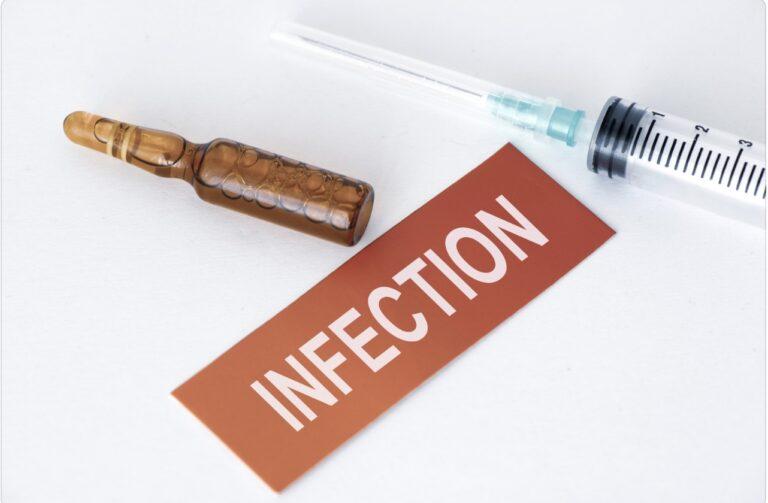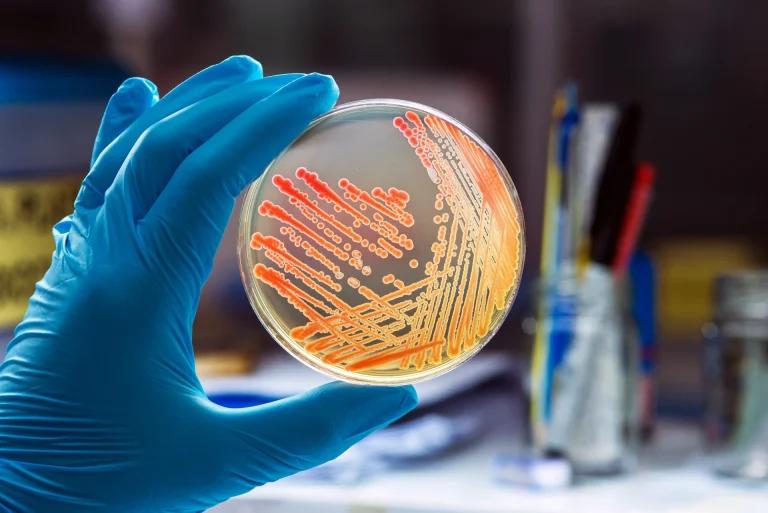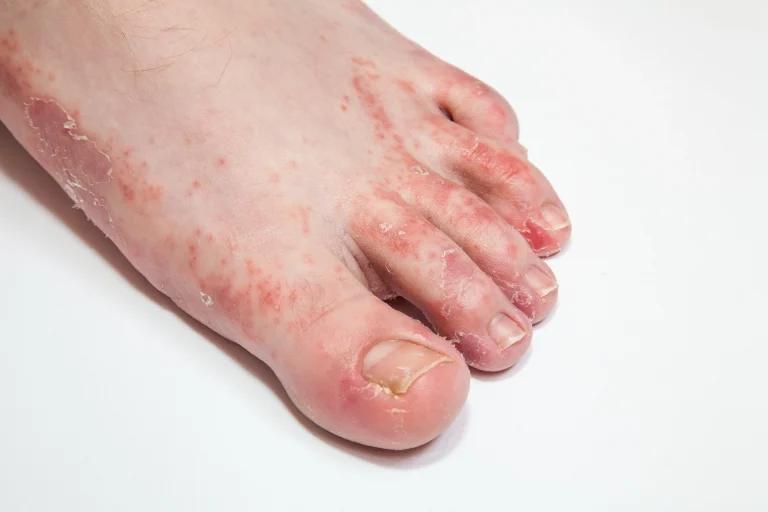Infections are a significant threat in healthcare settings, compromising patient safety and undermining the quality of care. Fortunately, effective infection control measures can reduce these risks, protecting healthcare workers, patients, and visitors alike. This guide looks into the world of infection control, exploring its principles, strategies, and best practices.
Understanding infection control
At its core, infection control prevents or slows down the spread of infectious agents within healthcare environments. These measures are important in safeguarding the well-being of all individuals who interact with the healthcare system, from patients to healthcare professionals and visitors.
Germs are everywhere
Microorganisms or germs, are part of our existence. They thrive in the air we breathe, the soil under our feet, and even within our bodies. While some of these microorganisms are beneficial, others can cause serious health risks, making it crucial to understand their behaviour, to implement effective control measures.
How does infection occur?
Three stages for an infection to occur:
- An infectious agent must originate from a source, which can range from contaminated surfaces, blood and other body fluids, secretions or excretions, non-intact skin, or mucous membranes, and any equipment or items in the environment that could have become contaminated with pathogens
- The pathogen must find a susceptible host, someone whose immune system is compromised or lacks the necessary defences to fight off the invading microorganisms
- A mode of transmission must aid the journey of the infectious agent from its source to the susceptible host
Reservoirs: Where pathogens lurk
Reservoirs, or sources of infectious agents, can take many forms within healthcare settings. These include:
- Human reservoirs, such as patients, healthcare workers, and visitors who may be carrying pathogens
- Dry surfaces in patient care areas, including bed rails, medical equipment, countertops, and tables
- Wet surfaces, moist environments, and biofilms or surfaces in damp conditions, like the insides of pipes
- Cooling towers, taps, sinks, and equipment like ventilators
- Medical devices, such as catheters and IV lines
- Dust or decaying debris from construction sites or water leaks
How infectious agents spread
Infectious agents can use various transmission pathways to reach susceptible individuals. These pathways include:
- Physical contact, such as when a healthcare provider touches contaminated medical equipment and then touches a patient without proper hand hygiene
- Respiratory infections where droplets generated by coughing or sneezing, land on a person’s eyes, nose, or mouth
- Inhalation of airborne pathogens released through coughing, talking, or disturbances like construction dust
- Sharps injuries, such as accidental needle stick incidents
Risk factors
Certain conditions can make individuals more susceptible to the risk of infection, compromising their body’s natural defences. These factors include:
- Underlying medical conditions like diabetes, cancer, or organ transplantation
- Medications such as antibiotics, steroids, and certain cancer treatments, can reduce the body’s ability to fight infections
- Medical procedures or treatments like urinary catheters, tubes, and surgery, can create additional entry points for pathogens
Control of infection measures
To combat the threat of healthcare-associated infections (HAIs), healthcare providers must implement a comprehensive infection control strategy. This strategy involves two tiers of precautions:
- Standard precautions: These are universal measures applied to all patient care scenarios, regardless of the patient’s known infection status
- Transmission-based precautions: These additional precautions are implemented when caring for patients known or suspected to be infected with specific pathogens
In addition, healthcare providers can refer to transmission-and pathogen-specific guidelines to enhance their infection control efforts.
Standard precautions: The foundation of infection prevention
Standard precautions are the cornerstone of infection control measures, designed to reduce the risk of pathogen transmission from both recognised and unrecognised sources. These precautions include:
- Proper hand hygiene, such as handwashing with soap and water or using alcohol-based hand sanitisers
- Appropriate use of personal protective equipment (PPE), including gloves, gowns, masks, aprons and eye protection
- Safe handling and disposal of sharps and contaminated materials
- Following respiratory hygiene and cough etiquette
- Proper environmental cleaning and disinfection of surfaces and equipment
Transmission-based precautions
When caring for patients known or suspected to be infected with specific pathogens, healthcare providers must implement additional precautions. These precautions are categorised as follows:
- Contact precautions: For pathogens that can spread through direct or indirect contact with infected individuals or contaminated surfaces
- Droplet precautions: Applied when caring for patients with infections that can be transmitted through respiratory droplets, during coughing, sneezing, or certain procedures
- Airborne precautions: For pathogens that can remain suspended in the air and be transmitted over longer distances through inhalation
Self-protection precautions
Patients can also take proactive steps to safeguard their well-being. These strategies include:
- Practicing good hand hygiene, especially washing hands before eating and after using the bath room
- Asking healthcare providers to clean their hands before providing care
- Reporting any concerns about cleanliness or potential breaches in infection control protocols
- Following instructions for wound care, medication administration, and other self-care activities
Updating infection control practices
Effective infection control is an ongoing process that requires constant vigilance and adaptation. Healthcare facilities should implement robust systems to monitor the incidence of HAIs to identify areas for improvement. Regular audits can help evaluate the effectiveness of existing practices to identify opportunities for enhancement.
Additionally, ongoing education and training are essential to ensure that all staff members are equipped with the knowledge and skills necessary to implement infection control measures effectively.
A shared responsibility
Infection control is a shared responsibility that requires collaboration from healthcare providers, patients, visitors, and the broader community. Encouraging accountability and promoting open communication can create an environment where everyone plays an active role in preventing the spread of infections.
Challenges
As the healthcare landscape evolves, new challenges arise for infection control. Healthcare providers must remain adaptable, addressing new threats such as antimicrobial resistance, novel infectious diseases, and the increasing complexity of medical procedures.
This may include the development of advanced diagnostic tools, innovative disinfection technologies, and data-driven approaches to surveillance and risk assessment.
Conclusion
Infection control is a critical component of modern healthcare delivery, safeguarding the well-being of patients, healthcare workers, and the broader community.
By understanding the principles of infection control, following evidence-based practices, and promoting a culture of continuous improvement, healthcare facilities can create a more secure environment for all.
Sources
Medical Disclaimer
NowPatient has taken all reasonable steps to ensure that all material is factually accurate, complete, and current. However, the knowledge and experience of a qualified healthcare professional should always be sought after instead of using the information on this page. Before taking any drug, you should always speak to your doctor or another qualified healthcare provider.
The information provided here about medications is subject to change and is not meant to include all uses, precautions, warnings, directions, drug interactions, allergic reactions, or negative effects. The absence of warnings or other information for a particular medication does not imply that the medication or medication combination is appropriate for all patients or for all possible purposes.







